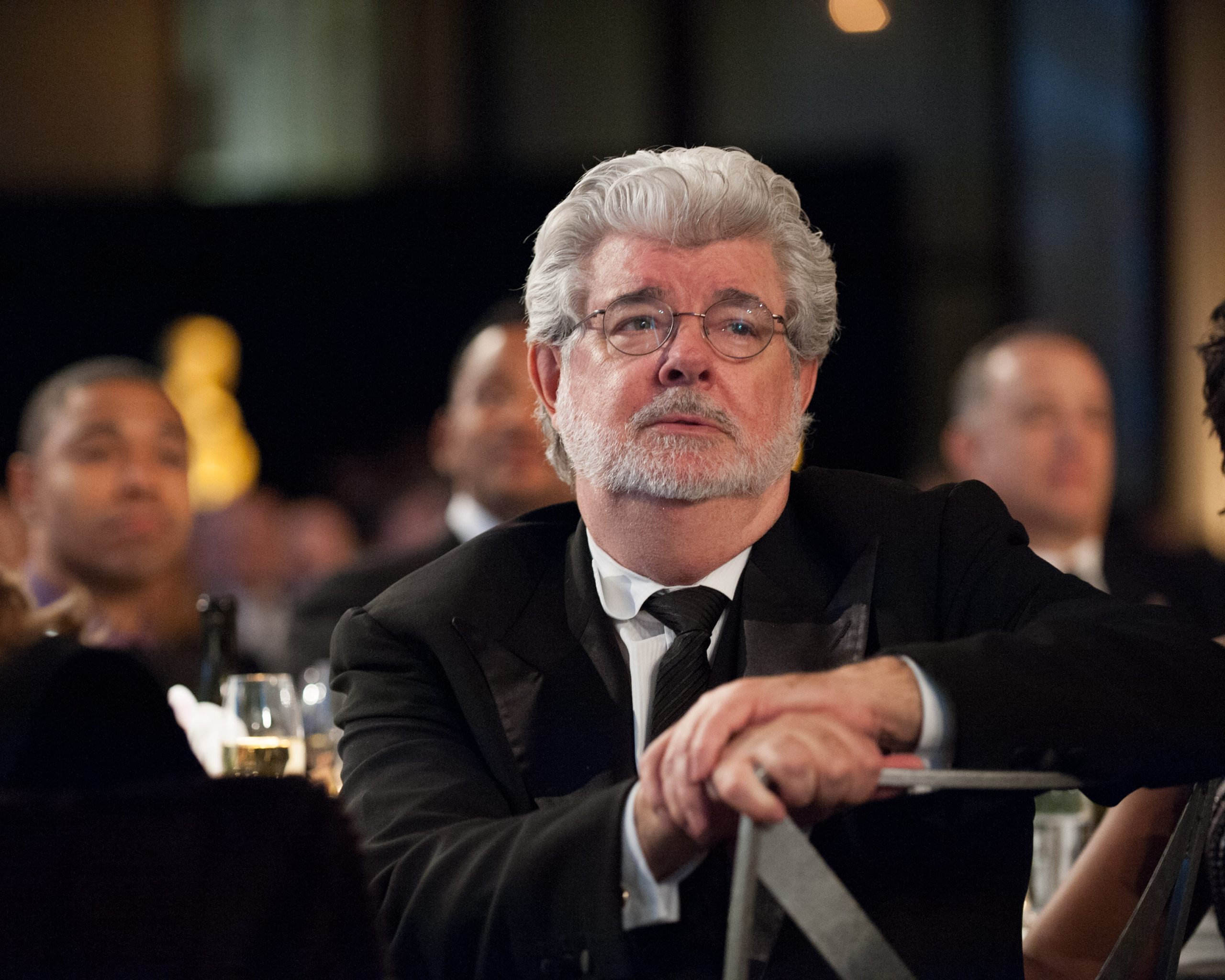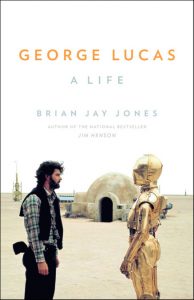
Brian Jay Jones writes the definitive biography of the Star Wars filmmaker in George Lucas: A Life–published by Little, Brown in 2016.

Lucas is one of the greatest world-builders of all time. Even when he wasn’t officially directing The Empire Strikes Back or Return of the Jedi, he was still directing the film. I mean, wouldn’t you want to be in charge of your own creation? You can certainly understand why a filmmaker like Lucas was somewhat hesitant to let go of Lucasfilm. It’s not unfair to blame Lucas for not being happy with Disney. After all, the studio promised to buy his story ideas for the new films. They just didn’t go about using them. But this is all in the past and we’re not hear to talk about the past. Okay, we are.
Lucas didn’t authorize the book so you won’t get anything new from Lucas. Every quote comes from previous books, interviews, or documentaries. It is still an enjoyable read. Jones takes a deep dive into Lucas’s own life growing up in Modesto, attending film school at USC, and his early years working on studio lots. A chance encounter with Francis Ford Coppola on the Warner Bros. lot and history would forever change. It would change even more when Lucas became friends with an up-and-coming filmmaker by the name of Steven Spielberg. New Hollywood was on the rise!
American Graffiti. Star Wars. Indiana Jones. George Lucas is certainly known for the franchises but there’s so much more to the filmmaker. Why is it that he wanted to be away from Hollywood? Jones gives us a thorough understanding. Nobody could blame the filmmaker for taking his business to Northern California. When Lucas worked with Francis Ford Coppola, American Zoetrope would later lay the foundation for what would Lucas would later do with Lucasfilm. Skywalker Ranch would later become a haven for everything Lucas with everything under the same roof. Well, almost. The filmmaker would even invite other filmmakers to work there.
Lucas is certainly one of the biggest independent filmmakers. Lucas largely came to reject the studio system. How many filmmakers would have the foresight to hold onto sequel and merchandising rights? Those rights would later come to finance Lucasfilm in the 1980s. The merchandising would also be a godsend in continuing to produce films after his divorce. But aside from this, Lucas was an innovative filmmaker. Somehow, he knew that the future was in digital filmmaking. ILM, THX, and Pixar. Lucas would later sale Pixar to Steve Jobs. Years later, the two companies would later be under the same roof again at Disney. How’s that for irony?
Between the Spielberg biography and this biography, one can understand why Temple of Doom is so dark. All you have to do is look at what they were going through. But this is another story for another day.
The George Lucas biographies written by Dale Pollack and John Baxter end around the start of the Star Wars prequels. Pollack’s first edition was written while Lucas was undergoing marital issues at the time. Moreover, Jones’s book–published in December 2016–covers the prequel, the fourth Indiana Jones installment, and Lucasfilm selling to Disney. Not to mention the release of Star Wars: The Force Awakens and the filmmaker’s own feelings. And the criticism for continuing to tinker with his films.
George Lucas: A Life is an essential read for Star Wars fans.







